Contents
Guide
Highly recommend. Dan Harris, Bestselling Author of 10% Happier
Why We Meditate
The Science and Practice of Clarity and Compassion
New York Times Bestselling Author
Daniel Goleman and Tsoknyi Rinpoche
For inner peace, a peaceful world, and the benefit of all beings

ONE

WHAT THIS BOOK OFFERS YOU
TSOKNYI RINPOCHE
I grew up in a village atmosphere, surrounded by a lot of love and care. I vividly remember as a small child repeatedly jumping onto and running off from the lap of my grandpa, who was wrapped in a dagam, a big, warm meditation cloak. My grandpa just kept meditating and murmuring mantras while freely letting the rascal come and go. My grandpa radiated warmth, love, and peace, no matter what was happening around him.
I was born in Kathmandu to Tulku Urgyen Rinpoche, a renowned Tibetan meditation master, and a Nepalese mother descended from a Tibetan family of meditators. My mothers ancestors numbered a famous king of Tibet whose descendants settled in Nubri, a Nepali valley in the shadow of Mount Manaslu, the eighth-highest mountain in the world. I spent my early childhood in that remote mountainous region.
Both sides of my family included dedicated and accomplished meditators, including my father, my fathers grandmother, and her father, who was one of the legendary meditators of his time. Accomplishment in meditation generally means having passed through many stages of mind-training and becoming stable in wisdom and compassion. I was therefore privileged to be trained from childhood in meditation and nurtured in a meditative atmosphere.
At thirteen I was sent to a Tibetan refugee community in the Kangra Valley in northern India for formal Buddhist education. There I continued meditation training with several masters of the art, including yogis who practiced there in seclusion. And ever since, Ive been fortunate in continuing to study with some of the foremost meditation masters of our times.
I started teaching Buddhism in my early twenties and have traveled the world since then, teaching meditation to tens of thousands of students on several continents. I have also continued to keep educating myself and to explore relevant scientific knowledge to the science of the mind. I attended several Mind & Life seminars where the Dalai Lama spoke with scientists, and Ive taught meditation at the Mind & Life Summer Research Institute to graduate students and postdocs.
From the start of my meditation teaching my natural curiosity made me particularly interested in Western psychology, contemporary life, and the unique challenges modern people face. As a traveling teacher my lifestyle has meant ceaseless movement. Unlike many well-known Asian meditation teachers, I prefer to travel alone and anonymously, so I can observe and interact with people in spontaneous, authentic ways. I have spent a lot of time in airports, walking the streets of cities around the world, sitting in coffee shops, and, in general, people-watching.
Ive spent decades with experts in psychology and science, and with friends and students around the world, trying to understand their mind-sets, struggles, and cultural pressures. Ive gotten tutorials from several highly regarded psychotherapists, such as Tara Bennett-Goleman and John Welwood. With Tara (Daniel Golemans wife), we explored many psychological themes, particularly common dysfunctional emotional patterns, such as feelings of emotional deprivation and fear of abandonment, which she has written about in her book Emotional Alchemy and elsewhere. John Welwood, a marital therapist and author, was a source of insight into relationship patterns as well as the concept of spiritual bypassing, the tendency to use spiritual practices, such as meditation, to avoid unhealed psychological wounds and overwhelming, troubling emotions. Ive also learned a tremendous amount from my students, from talking with them about their lives, their relationships, and their spiritual practice.
From these sources, I learned about both my own neuroses, habitual patterns, and emotions and those of my students. This has informed my teaching approach as my understanding of the particular emotional and psychological challenges modern students face has grown. For example, how people can hide from psychological issues in their spiritual practice, as well as sensing the hidden power of our emotional patterns and relational wounding. Such insights have shaped the instructions offered in this book.
My approach as a teacher stems not just from this sensitivity to modern challenges in the emotional and psychological realms but also from my remaining dedicated to the possibility of transformation and awakening. I try to be faithful to the traditional deep wisdom I emerged from, but at the same time being up-to-date and innovative. This means trying to be open and frank in direct interaction with students, while addressing many levels of their tightness, wounding, and confusion at the same time.
When I first started teaching, I used a more traditional style, focusing on theory and emphasizing fine distinctions from traditional texts. Most students were well educated, intellectually grasping the meaning and asking sharp questions. I thought, Wow, these people are really smart! They should make quick progress. But after a decade or more, something wasnt feeling quite right. Students were getting it up in their heads but seemed stuck in the same emotional and energetic habit patterns year after year. This stuckness prevented them from progressing in their meditation practice.
I began to question whether the approach treasured so much by my tradition was actually touching students in the way intended. I pondered why students around the world were understanding the teachings but not able to embody them and deeply transform.
I suspected that the channels of communication among their minds, their feelings, and their bodies were blocked or strained. From the Tibetan viewpoint all these channels should be connected and flowing freely. Yet I saw that my students couldnt integrate the understanding their intellects were capable of, because they couldnt digest them at the level of the body and feelings. This led me to change how I teach meditation.
Now I focus first and foremost on healing and opening the channel between the mind and the feeling world, to prepare the students whole being. The techniques described here reflect this new approach, which Ive honed for the past few decades. Although they emerge from decades of training with great meditation masters and my own meditation and teaching experience, these are not meant solely for Buddhists or serious meditators. Quite the contrary, they are designed to benefit anyone and everyone.
Nor are they antidotes to neuroses alonethey offer practical ways to deal with any sort of distressing thoughts and emotions that take us over repeatedly. In addition to fear, these can include aggression, jealousy, unbridled desire, and any other such obstacle to inner peace.
Im passionate about sharing meditation in a way that is psychologically and emotionally relevant, practical, and accessible to people caught up in todays world. We have precious little time to work with our minds and hearts, so the techniques need to benefit us here and now.


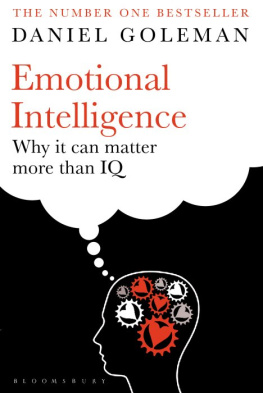
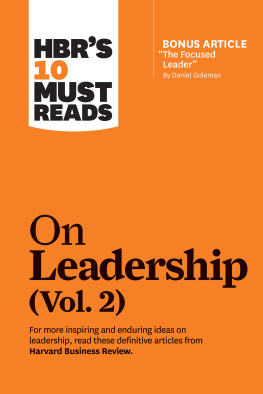
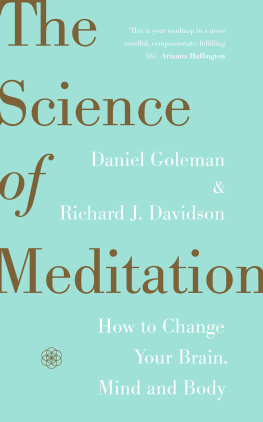
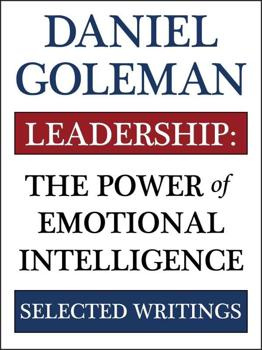
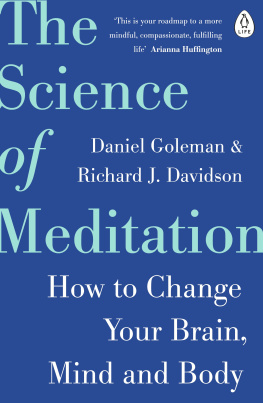
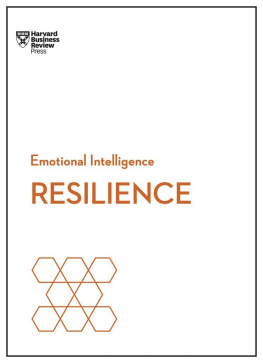
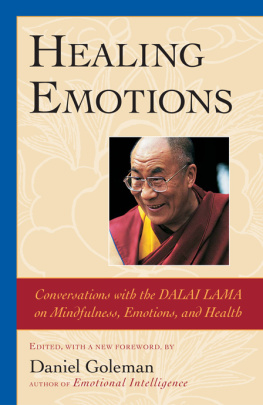



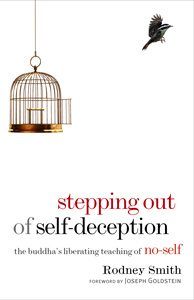


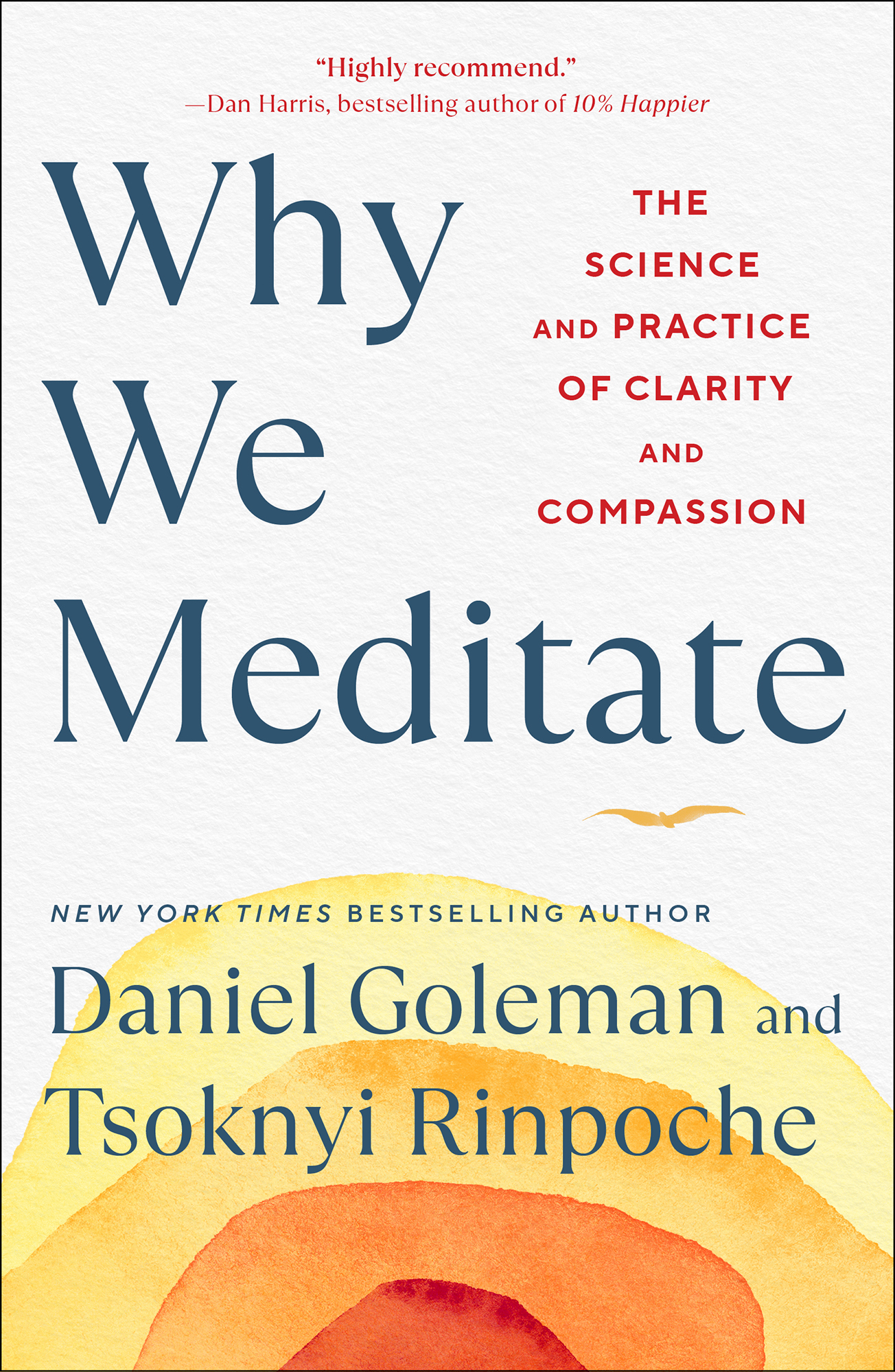


 WHAT THIS BOOK OFFERS YOU
WHAT THIS BOOK OFFERS YOU